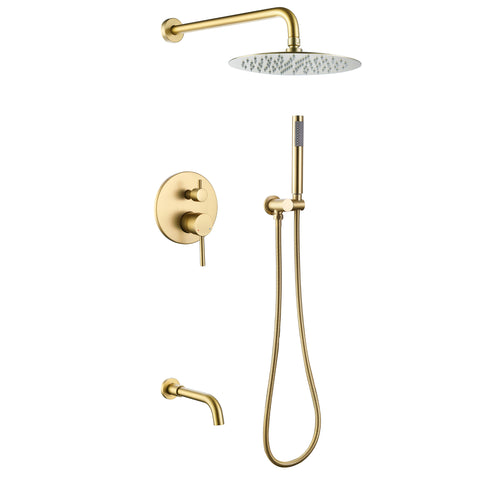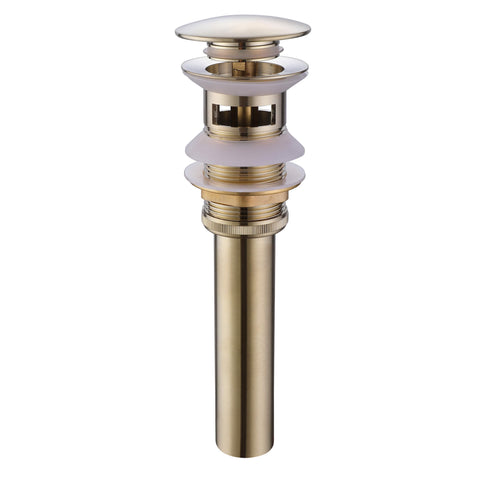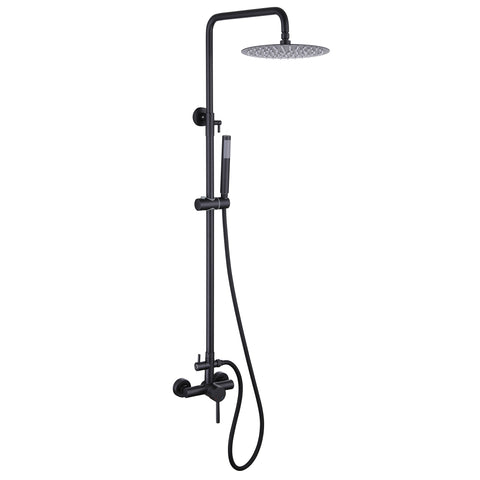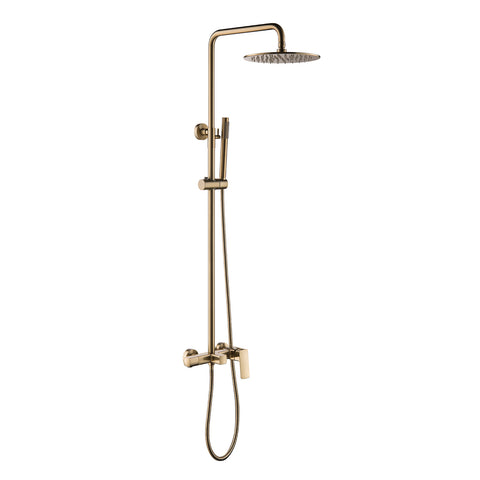What to Do If Your Thermostatic Shower Valve Is Not Working?
Understanding the Thermostatic Shower Valve
Before diving into troubleshooting, it's important to familiarize yourself with how a thermostatic shower valve works. This valve maintains a constant water temperature by balancing hot and cold water inputs, allowing you to set your desired temperature and enjoy consistent warmth during your shower. Remember, safety is paramount, as the valve also has a built-in mechanism to prevent scalding.
Identify the Problem
The first step in troubleshooting any malfunction is to identify the problem. Here are some common issues you might encounter with a thermostatic shower valve:
- Insufficient Hot Water: If your shower water isn't reaching the desired temperature, it could indicate a problem with the hot water supply or a blockage within the valve.
- Inconsistent Water Temperature: If the water temperature fluctuates during your shower, it may point to a faulty thermostat or a buildup of debris within the valve.
- No Water Flow: If there's no water flowing from the showerhead, it could be due to a blockage, a closed valve, or a problem with the water pressure.
Basic Troubleshooting Steps
Now that you have an idea of what might be causing the problem, let's move on to some basic troubleshooting steps:
- Check the Water Supply: Ensure that the hot and cold water supplies are turned on and functioning correctly. Make sure there's no disruption or maintenance work affecting the water flow.
- Clean the Valve: Sediment and mineral deposits can accumulate over time, causing blockages and affecting the valve's performance. Disassemble the valve carefully, following the manufacturer's instructions, and clean it thoroughly. Be sure to remove any debris or mineral buildup from the cartridge, filters, and other parts.
- Check the Thermostat: If you suspect a faulty thermostat, consider replacing it with a compatible replacement part. Consult the manufacturer's documentation or seek professional help if needed.
- Verify Water Pressure: Low water pressure can affect the valve's ability to regulate temperature accurately. Check the water pressure in your shower and, if necessary, address any issues by adjusting the pressure regulator or seeking plumbing assistance.
Seeking Professional Help
If the basic troubleshooting steps don't resolve the issue or if you're uncomfortable with performing the repairs yourself, it's best to seek professional help. A licensed plumber or a technician experienced in shower valve repair will have the expertise to diagnose the problem accurately and suggest the most appropriate solution.
Preventive Maintenance
To avoid future issues with your thermostatic shower valve, consider implementing preventive maintenance practices:
- Regular Cleaning: Clean your valve periodically to remove mineral buildup and sediment. This will help maintain optimal performance.
- Water Softener: If you live in an area with hard water, installing a water softener can prevent mineral deposits from forming in your shower valve.
- Follow Manufacturer Guidelines: Always refer to the manufacturer's instructions for maintenance recommendations and any specific care your valve may require.
A malfunctioning thermostatic shower valve can be a source of frustration, but with the right troubleshooting steps, you can often resolve the issue and restore your shower to its optimal performance. Remember to exercise caution while working with plumbing components and, when in doubt, seek professional assistance. By taking preventive measures and performing regular maintenance, you can extend the lifespan of your shower valve and ensure a consistently comfortable bathing experience for years to come.













